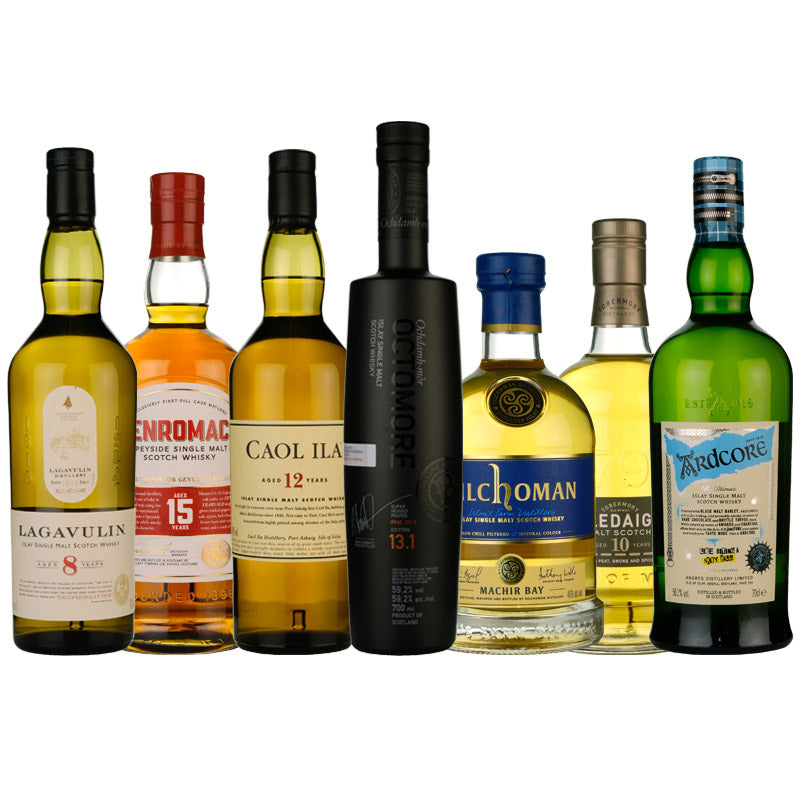I recieved this 3 x 50cl/500ml pack with 12, 15 and 18 year old singe malt Glenfiddich whiskys from my younger sister as a birthday gift.
My excitement upon seeing such a gift was matched only by the tasting of such exceptional quality of each of the 3 whisky miniatures.
I have tasted various aged malts before and consider myself an..amateur connoisseur ( if there is such a thing), let's just say I love whisky. It needn't always be single malt as there are some great blends out there as well. However for those who recieve such a gift or buy this product for themselves I can guarantee that you will not be disappointed such is the quality of each. I would of course recommend that when drinking each miniature , one should not drink more than one in any given day , indeed I'd recommend that you have at least a week or best part of a week so you can fully appreciate the quality and masterful work that's gone into making such delicious whisky.
Should you drink the 12 then follow it with the 15 or 18 year old on the same day , well you are depriving yourself of an experience and a half , pun intended. You simply cannot appreciate the difference should you do this, so I urge restraint and as difficult as that may be , don't do it you'll simply ruin the next bottle. I started naturally from the youngest and moved up.
Everyone has different tastes but for me the scent and taste of the Glenfiddich 15year old was the one that had me salivating for more.
This is, quite simply put an outstanding gift/buy for self & beautifully packaged and presented.
I would highly recommend this product to anyone who enjoys single malt whisky , whether you are a whisky drinker or just curious to try and see what you think of the ageing process, and how it affects the product, you will not be disappointed and Glenfiddich aren't messing about when they go through the processes of making theirs.
As the title said, it's simply outstanding and something I will be investing in personally the next time , I loved the 15 year old as I did all of them but the15yr old really got my attention. So I cannot wait until I have a bottle of it besides my other ( empty bottles) 😁 great gift , great personal buy for self , great whisky and just a magical taste , life's too short to miss out on such a treat . So haste ye not and treat yourself or a loved one or friend to something truly remarkable.
Dailuaine 2007-2021 | 14 Year Old North Star Spirits
A great range of Whiskeys available. It would be great if a birthday or special occasion gift voucher were available as a hard copy for customers.
Admittedly, I haven't tried every whisky in the world. I like the Laphroaig, peaty and uncompromising end of the single malt scale. This is my current favourite. A brutal and beautiful drink. Harsh and refined; sour and sweet. Dangerously tasty. A real find for me, this one.
A great second run. Although showing as younger than the first releases, this tastes like an older whisky. Very drinkable!

